What Are The Key Ingredients That Define Chocolate?
Chocolate is a universally adored treat, a symbol of indulgence and comfort. But for food businesses, from large-scale manufacturers to local bakeries, it’s also a fundamental raw material. Understanding what goes into a chocolate bar isn’t just a matter of taste—it’s essential for quality control, cost management, and innovation. At its heart, all chocolate begins with the cacao bean, but the specific combination and quality of its ingredients determine everything that follows.
The story of chocolate has deep roots, but its journey into Turkish culture is particularly rich. While cacao arrived in the Ottoman Empire as early as the 17th century, it was primarily consumed as a beverage by the elite. It wasn’t until the 19th and early 20th centuries that solid chocolate, particularly milk chocolate from Europe, became more widespread. Turkish confectioners quickly adopted this new ingredient, integrating it into a sophisticated culinary tradition that already celebrated local treasures like pistachios and hazelnuts. This history shaped a unique approach where high-quality chocolate often serves as the perfect partner to other celebrated ingredients, creating the harmonious and texturally rich products beloved today.
For any food wholesaler, restaurant, or manufacturer, knowing the difference between chocolate types is the first step toward creating exceptional products.
What Distinguishes Dark, Milk, and White Chocolate From Each Other?
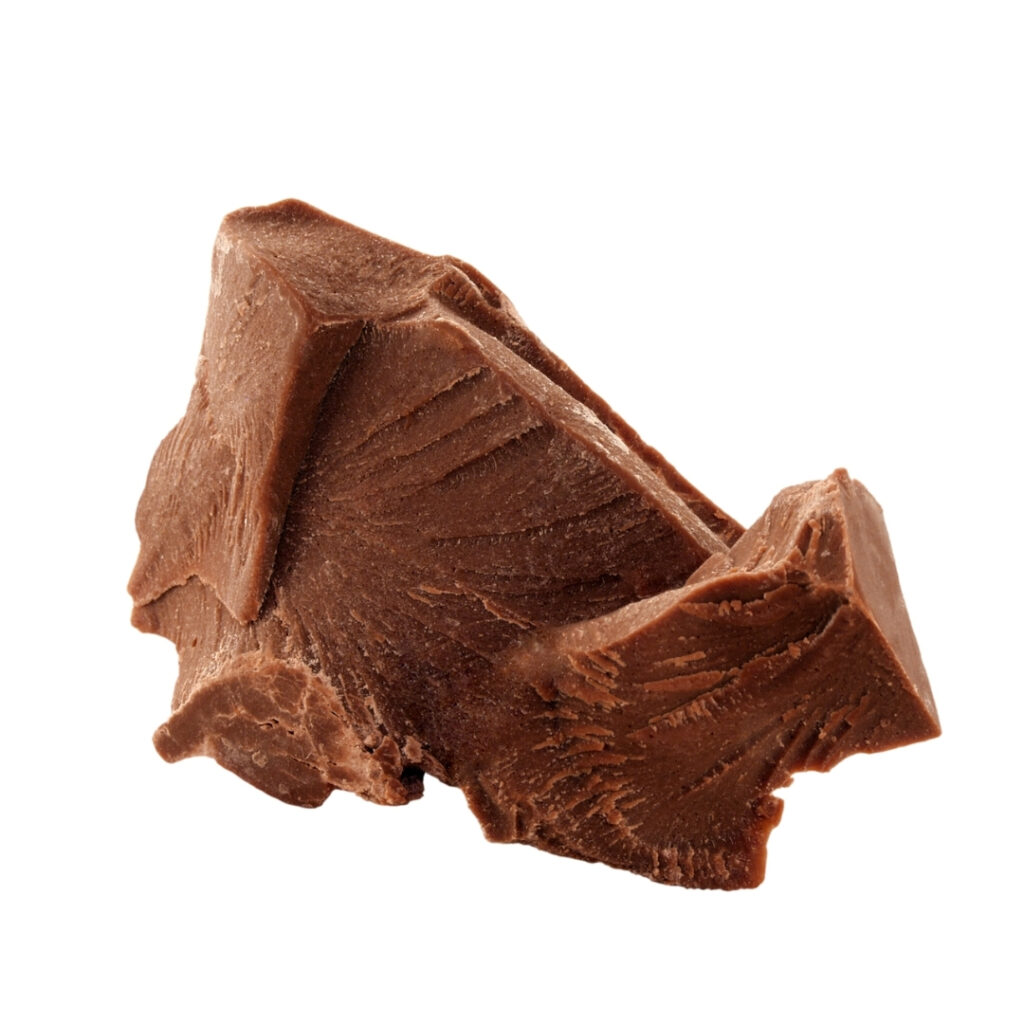
The identity of any chocolate bar is determined by the ratio of a few core components. The two most important parts derived from the cacao bean are cocoa solids (the non-fat part that provides the intense chocolate flavor) and cocoa butter (the natural fat that gives chocolate its smooth, melting quality).
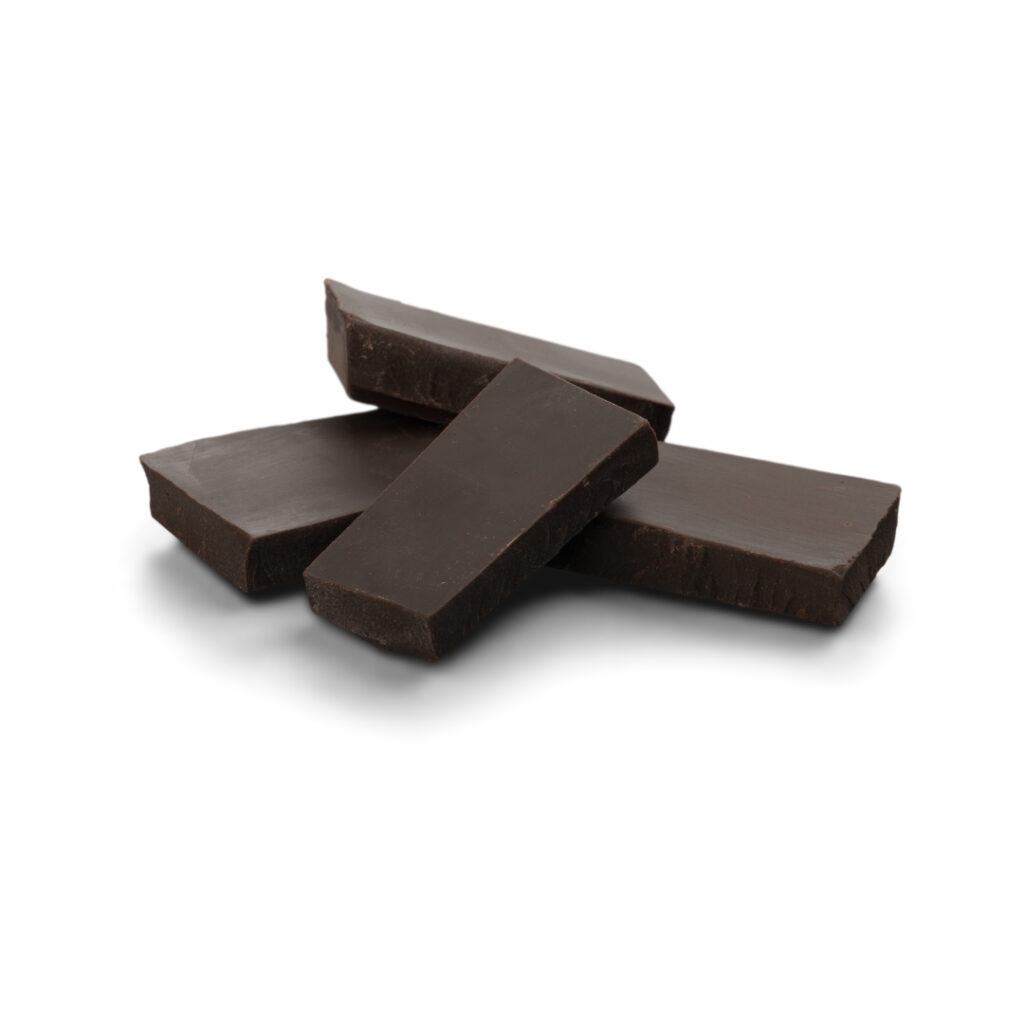
Dark Chocolate Dark chocolate offers the most intense and purest chocolate experience. It’s made from a simple list of ingredients: cocoa solids, cocoa butter, and sugar. It contains no milk solids. The percentage you see on the label (e.g., 70%) refers to the total amount of cocoa solids and cocoa butter. A higher percentage means a more robust, complex flavor and less sugar, which is why dark chocolate is often sought after for its potential health benefits and deep flavor profile in gourmet desserts.
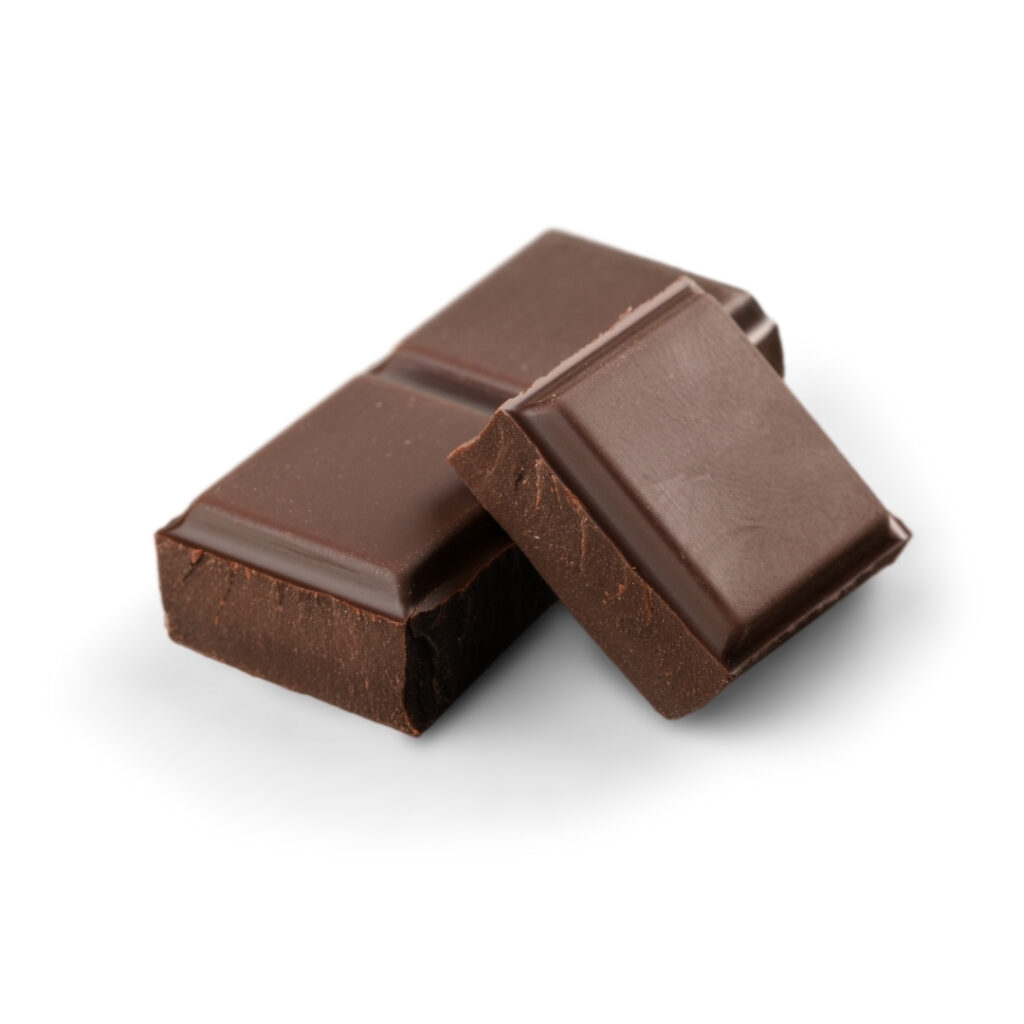
Milk Chocolate The most popular and widely consumed variety, milk chocolate is known for its creamy texture and sweeter taste. Its primary ingredients are cocoa solids, cocoa butter, sugar, and the all-important addition of milk solids (usually in powder form). The milk softens the intensity of the cocoa, creating a milder, more approachable flavor that is a staple in confectionery and family-friendly baked goods.
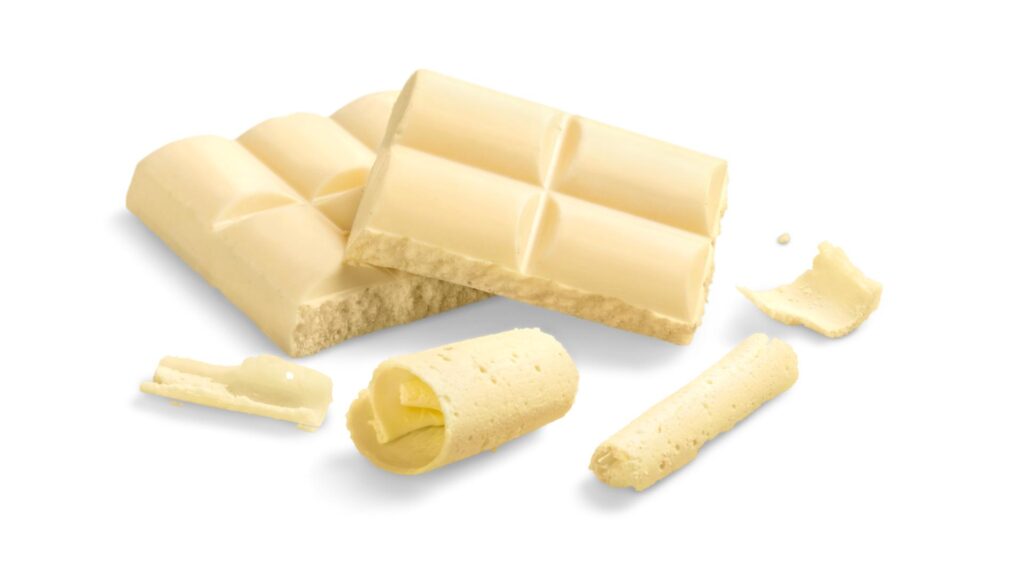
White Chocolate Often a point of debate, white chocolate is unique because it contains no cocoa solids. Its ingredients are cocoa butter, sugar, and milk solids. To be legally classified as chocolate, it must contain a minimum amount of cocoa butter. Its flavor is sweet and creamy, with subtle notes from the cocoa butter, making it a versatile ingredient for coatings, fillings, and visually striking decorations. You can explore a variety of chocolate types to see how these differences play out in real products.
How Can You Identify High-Quality Chocolate for Your Business?
For a food business, the distinction between premium and standard chocolate goes beyond taste; it affects application, stability, and cost. The primary difference lies in the fats and the overall cocoa content.
The Role of Cocoa Butter vs. Other Fats The secret to that luxurious, melt-in-your-mouth feel is cocoa butter. High-quality chocolate, often called couverture, uses 100% cocoa butter as its fat source. This gives it a superior texture and flavor but also makes it more sensitive to temperature changes.
On the other hand, compound chocolate is a highly practical and cost-effective alternative for many businesses. In compound chocolate, some or all of the cocoa butter is replaced with other vegetable fats, such as palm kernel or coconut oil. This substitution offers several key advantages for food manufacturers and bakeries:
- Cost-Effectiveness: It is significantly more affordable, helping manage costs in large-scale production.
- Temperature Stability: It has a higher melting point, making it easier to work with in warmer kitchens and for applications like coatings and decorations that need to hold their shape.
- Simplicity: It doesn’t require the complex tempering process that couverture chocolate does, saving time and labor.
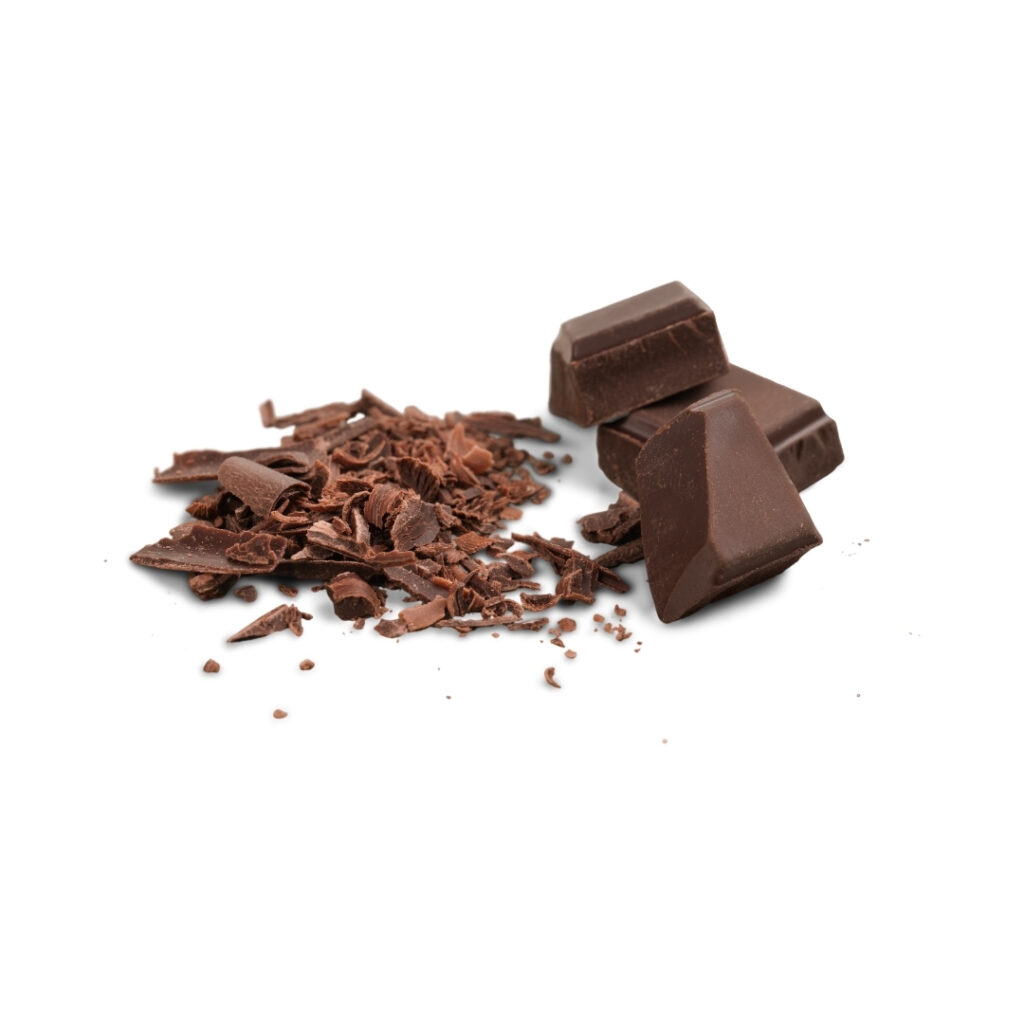
ISTBEA offers a wide range of compound chocolates, including blocks, coins, and drops, designed for the specific needs of food businesses that require reliability and efficiency without sacrificing a great chocolatey taste. For a deeper understanding, exploring the chocolate manufacturing process can provide valuable insights into how these ingredients are transformed.

What Are The Most Popular Flavors and Healthier Variations in Chocolate Today?
While chocolate is a star on its own, it pairs beautifully with a wide range of flavors, opening doors for endless creativity in pastries, desserts, and confectionery.
Popular and Trending Flavors Classic pairings remain customer favorites. Nuts, particularly hazelnut, are a timeless combination, perfect for creating rich fillings like Hazelnut Praline. Fruit is another staple, with the sweetness of chocolate balanced by the tartness of berries or citrus, often incorporated as a Fruit Pastry Filling.

Recently, certain flavors have seen a massive surge in popularity. Pistachio, for example, has become a global sensation, driven by trends like the viral Dubai chocolate. Businesses can capitalize on this by incorporating products like a ready-to-use Dubai Pistachio Cream or staying informed on the latest pistachio ganache trends.
Creating Healthier Variations The demand for “better-for-you” treats is a significant trend in the baking industry. This doesn’t mean sacrificing indulgence but rather making smarter ingredient choices. Here are a few ways to create healthier chocolate-based products:
- Use Dark Chocolate: Its higher cocoa content and lower sugar levels make it a naturally healthier option, rich in antioxidants.
- Reduce Added Sugar: When creating fillings or batters, consider using natural sweeteners from fruit purées or fibers to reduce the overall sugar content.
- Focus on Clean Labels: Consumers are increasingly wary of long ingredient lists with unfamiliar names. Using high-quality chocolate with simple, recognizable ingredients can be a strong selling point.
- Add Functional Ingredients: Incorporate nuts, seeds, and whole grains into chocolate recipes to boost their fiber and protein content.
Keeping up with these emerging trends in the baking industry is key to staying competitive and meeting the evolving demands of today’s consumers.
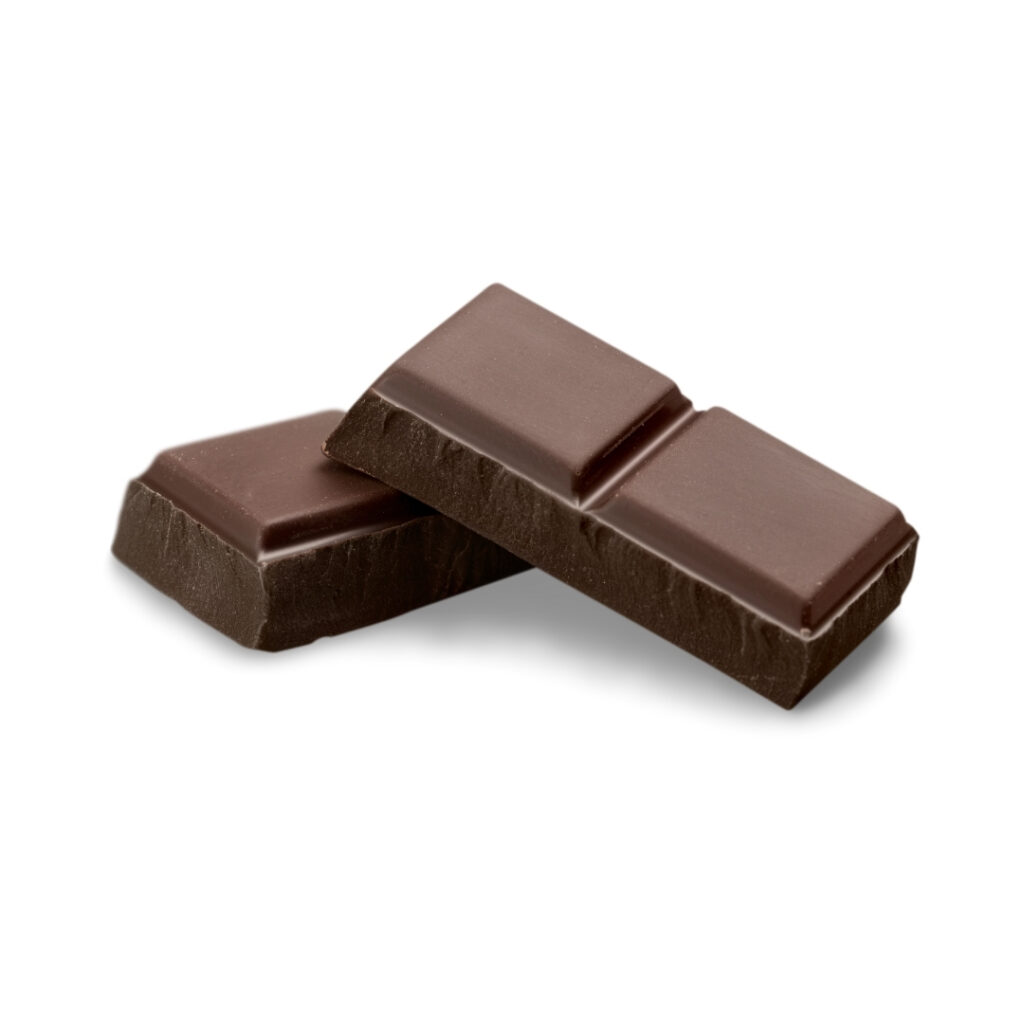
Frequently Asked Questions for Food Businesses
What is the real difference between couverture and compound chocolate?
Couverture chocolate contains a higher percentage of cocoa butter (at least 31%) and must be tempered to achieve a glossy finish and a crisp snap, making it ideal for high-end molding and dipping. Compound chocolate substitutes cocoa butter with vegetable fats, which means it does not require tempering, has a higher melting point, and is more cost-effective. This makes compound chocolate coins an excellent, stable choice for bakery coatings, decorations, and fillings.
Why are cocoa prices so volatile right now?
The current volatility is mainly due to severe supply challenges in West Africa, the world’s primary cocoa-growing region. Factors like adverse weather conditions, black pod disease outbreaks in Ghana and Côte d’Ivoire, and long-term underinvestment in farms have drastically reduced cocoa yields. This shortfall has caused cocoa prices to more than triple compared to previous years.
How can my business manage high chocolate costs?
There are several strategies businesses are using to navigate high cocoa prices:
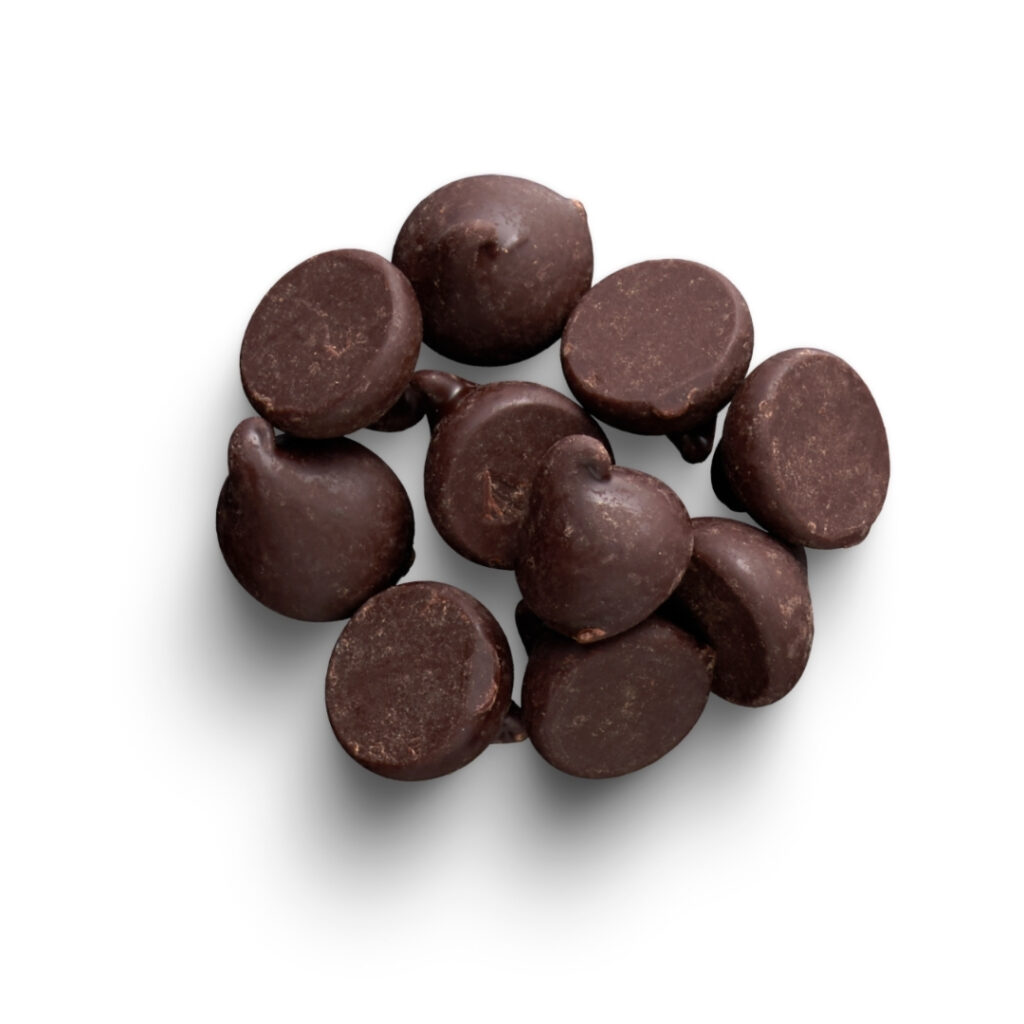
- Recipe Adjustments: Some businesses are reducing the amount of chocolate in recipes, for example by using fewer chocolate chips in cookies or making products slightly smaller.
- Using Cocoa Replacers: Ingredients made from malt, sunflower seeds, or carob are being used to partially replace cocoa powder and help stabilize end-product costs.
- Flavor Innovation: Many bakeries are shifting focus to other indulgent flavors like caramel or using fruit fillings, which can be more cost-effective. This approach also allows for creative, unforgettable dessert pairings.
Is white chocolate considered real chocolate?
Yes. While it does not contain cocoa solids (the part that gives chocolate its brown color and “chocolatey” flavor), it is made with cocoa butter, which is the natural fat extracted from the cacao bean. Food standards require a minimum percentage of cocoa butter for a product to be labeled as white chocolate.

What does the percentage on a dark chocolate bar actually mean?
The percentage on a dark chocolate bar represents the total amount of ingredients, by weight, that come directly from the cacao bean. This includes both the cocoa solids and the cocoa butter. Therefore, a 72% dark chocolate bar contains 72% cocoa-derived ingredients and 28% other ingredients, primarily sugar.

A Note on ISTBEA
As a leading manufacturer of pastry and bakery raw materials in Turkey, ISTBEA is dedicated to supplying food wholesalers, distributors, and businesses with high-quality, reliable, and innovative ingredients. Our extensive product line includes a variety of chocolates—from versatile compound chocolate blocks to rich fillings and sauces—all designed to meet the rigorous demands of the modern food industry. We understand the challenges businesses face, from managing costs to staying ahead of trends. Explore our full range of products or contact us to discover how we can help you create exceptional baked goods.


